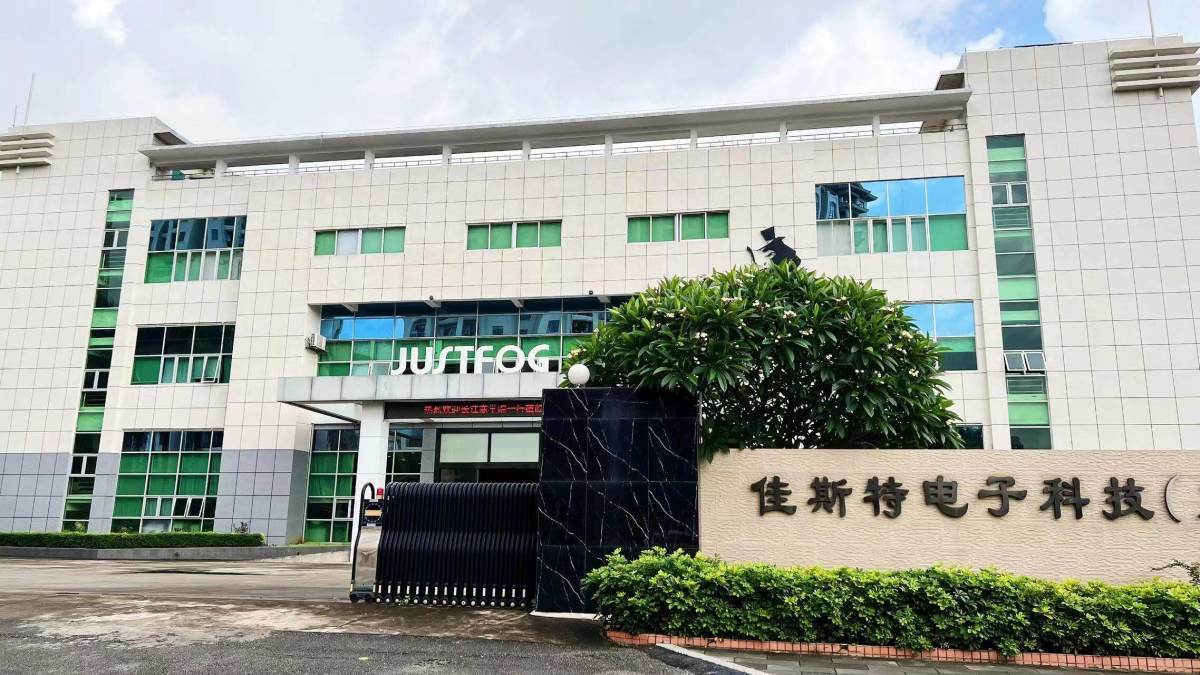
On August 18th, the JSTE liquidation group released a notice regarding the next steps in the self-liquidation process of JSTE Electronic Technology (Dongguan) Co., Ltd., citing the reasons for the company's application for bankruptcy reorganization.
The full contents of the report are as follows:
To all creditors of JSTE Company:
Combining the actual progress of JSTE company's self-settlement work, the liquidation team has currently submitted an application for bankruptcy reorganization to the Dongguan Intermediate People's Court in accordance with Article 237 of the Company Law of the People's Republic of China, Article 2 and Article 70 of the Enterprise Bankruptcy Law of the People's Republic of China. Currently, the online application for case filing has been approved, and the offline mailing of documents is still in the review process.
Question One: Why did the self-liquidation transition to bankruptcy reorganization?
Answer: Article 237 of the Company Law states that "If the liquidation team, after clearing the company's assets, preparing the balance sheet and inventory, discovers that the company's assets are insufficient to settle its debts, it shall apply for bankruptcy liquidation to the People's Court in accordance with the law. After the People's Court accepts the bankruptcy application, the liquidation team shall transfer the liquidation affairs to the bankruptcy administrator designated by the People's Court.
Question 2: What are the advantages of a bankruptcy reorganization program compared to liquidation by the debtor?
The repayment rate for creditors has clearly increased.
Through restructuring, the repayment rate of creditors can be improved, potentially resulting in higher repayment amounts compared to liquidation. Bankruptcy restructuring, through methods such as debt restructuring and asset reorganization, aims to restore the profitability of a company, ultimately increasing the repayment rate for creditors.
Furthermore, it can better protect the interests of all creditors.
In the bankruptcy restructuring process, creditors can play a more active role in the formulation of the restructuring plan, making the asset liquidation process more fair and transparent.
Beneficial for the sustainability and protection of the value of the company.
Reorganization in bankruptcy can help businesses preserve their market resources and commercial value, especially for those with unique business assets or qualifications and licenses that are difficult to transfer. It can help maintain a company's market position and brand value while also protecting their relationships with customers, suppliers, and other business partners.
This will be more beneficial for attracting restructuring investors.
Bankruptcy reorganization is a quasi-judicial procedure that, compared to liquidation procedures, is advantageous for quickly resolving conflicts between creditors and debtors, as well as for attracting investors to the reorganization process and protecting their interests.
Question three: What do JSTE creditors need to do currently?
Please be patient and wait for the next announcement or notification from the Dongguan Intermediate People's Court. If JSTE company enters bankruptcy reorganization proceedings, the relevant procedures will be followed accordingly. The bankruptcy administrator will fulfill their duties in accordance with the relevant laws and continue to advance the matters related to debt repayment.
JSTE Electronic Technology (Dongguan) Co., Ltd. liquidation team
August 18th, 2024
We welcome news tips, article submissions, interview requests, or comments on this piece.
Please contact us at info@2firsts.com, or reach out to Alan Zhao, CEO of 2Firsts, on LinkedIn
Notice
1. This article is intended solely for professional research purposes related to industry, technology, and policy. Any references to brands or products are made purely for objective description and do not constitute any form of endorsement, recommendation, or promotion by 2Firsts.
2. The use of nicotine-containing products — including, but not limited to, cigarettes, e-cigarettes, nicotine pouchand heated tobacco products — carries significant health risks. Users are responsible for complying with all applicable laws and regulations in their respective jurisdictions.
3. This article is not intended to serve as the basis for any investment decisions or financial advice. 2Firsts assumes no direct or indirect liability for any inaccuracies or errors in the content.
4. Access to this article is strictly prohibited for individuals below the legal age in their jurisdiction.
Copyright
This article is either an original work created by 2Firsts or a reproduction from third-party sources with proper attribution. All copyrights and usage rights belong to 2Firsts or the original content provider. Unauthorized reproduction, distribution, or any other form of unauthorized use by any individual or organization is strictly prohibited. Violators will be held legally accountable.
For copyright-related inquiries, please contact: info@2firsts.com
AI Assistance Disclaimer
This article may have been enhanced using AI tools to improve translation and editorial efficiency. However, due to technical limitations, inaccuracies may occur. Readers are encouraged to refer to the cited sources for the most accurate information.
We welcome any corrections or feedback. Please contact us at: info@2firsts.com






